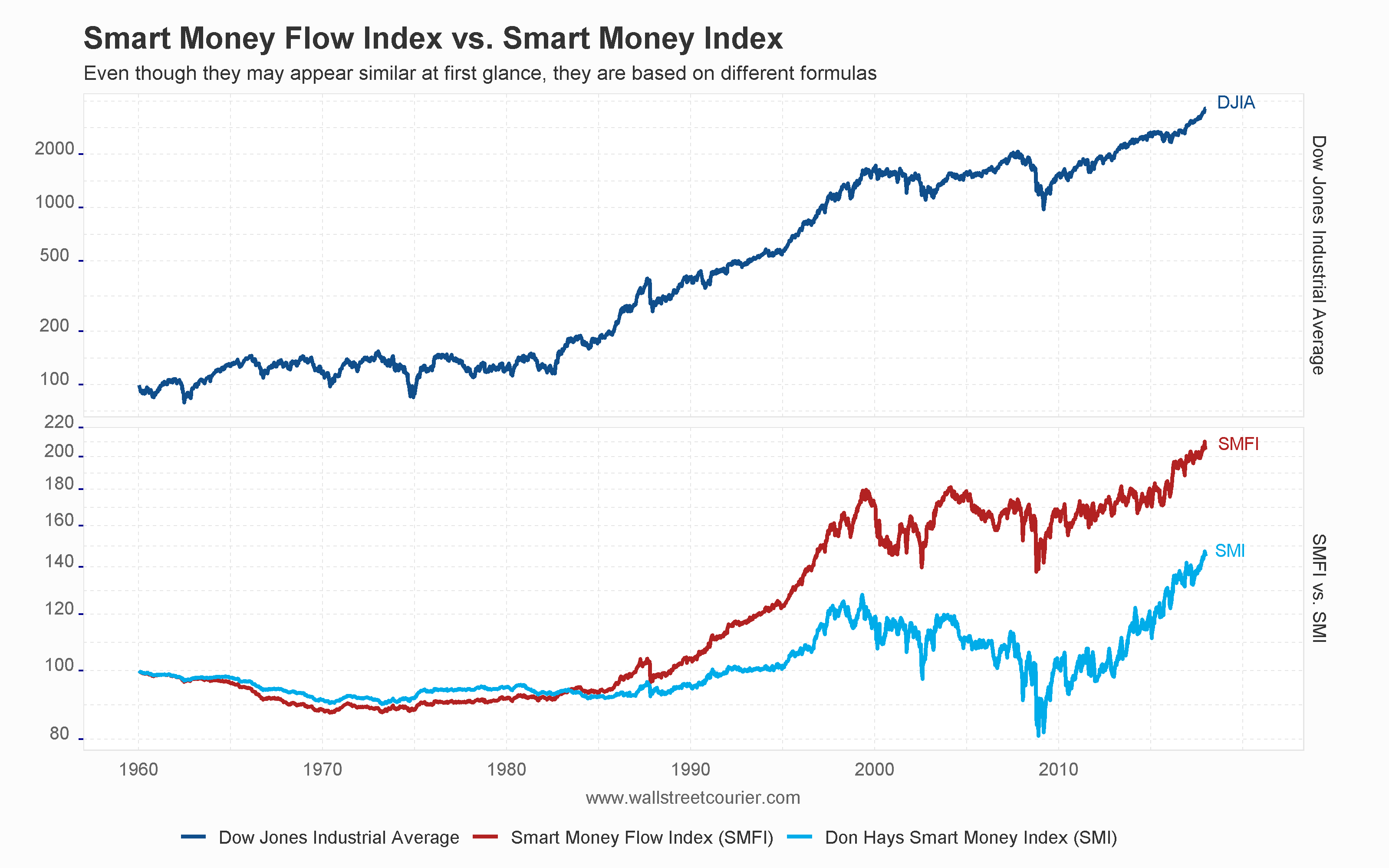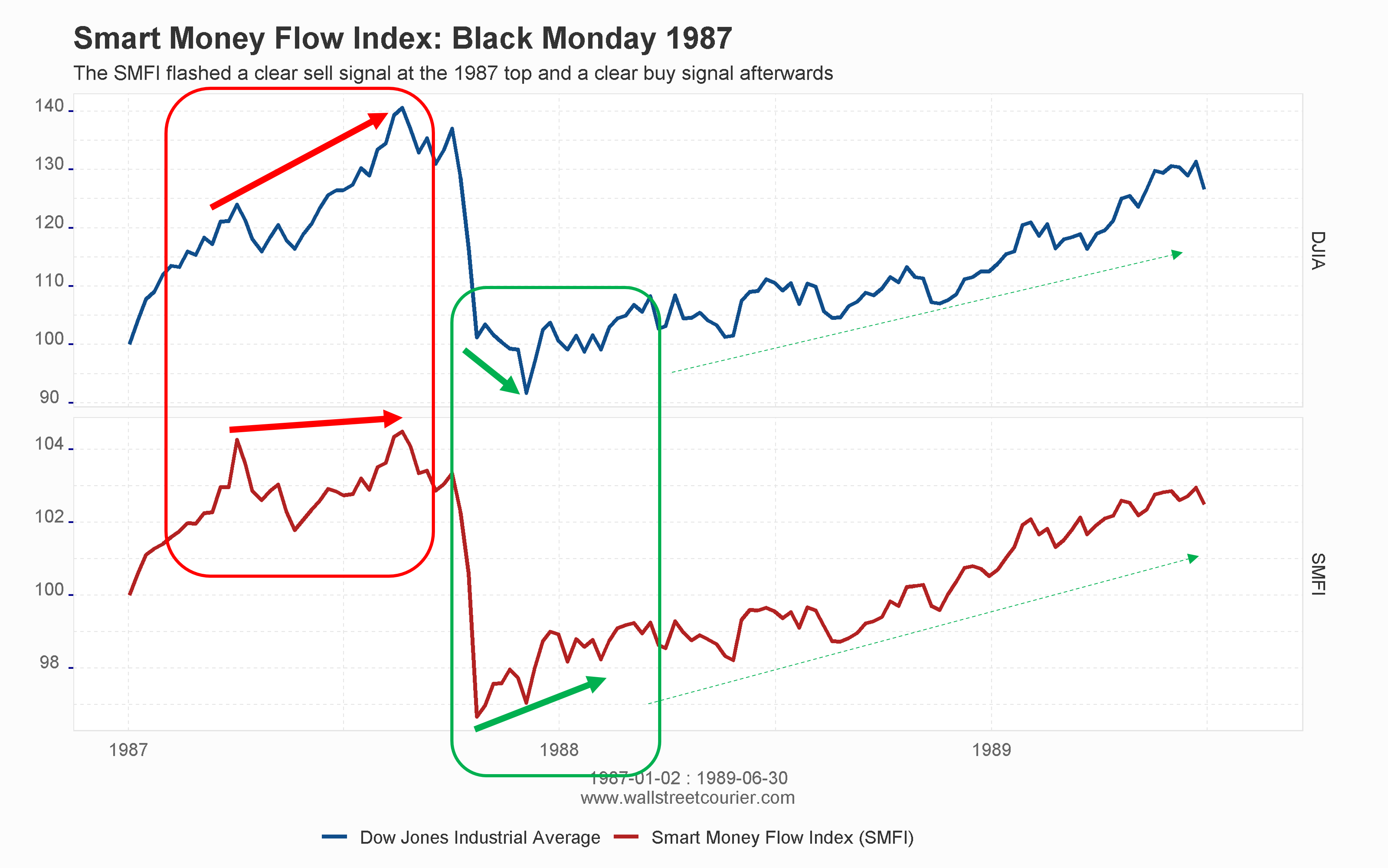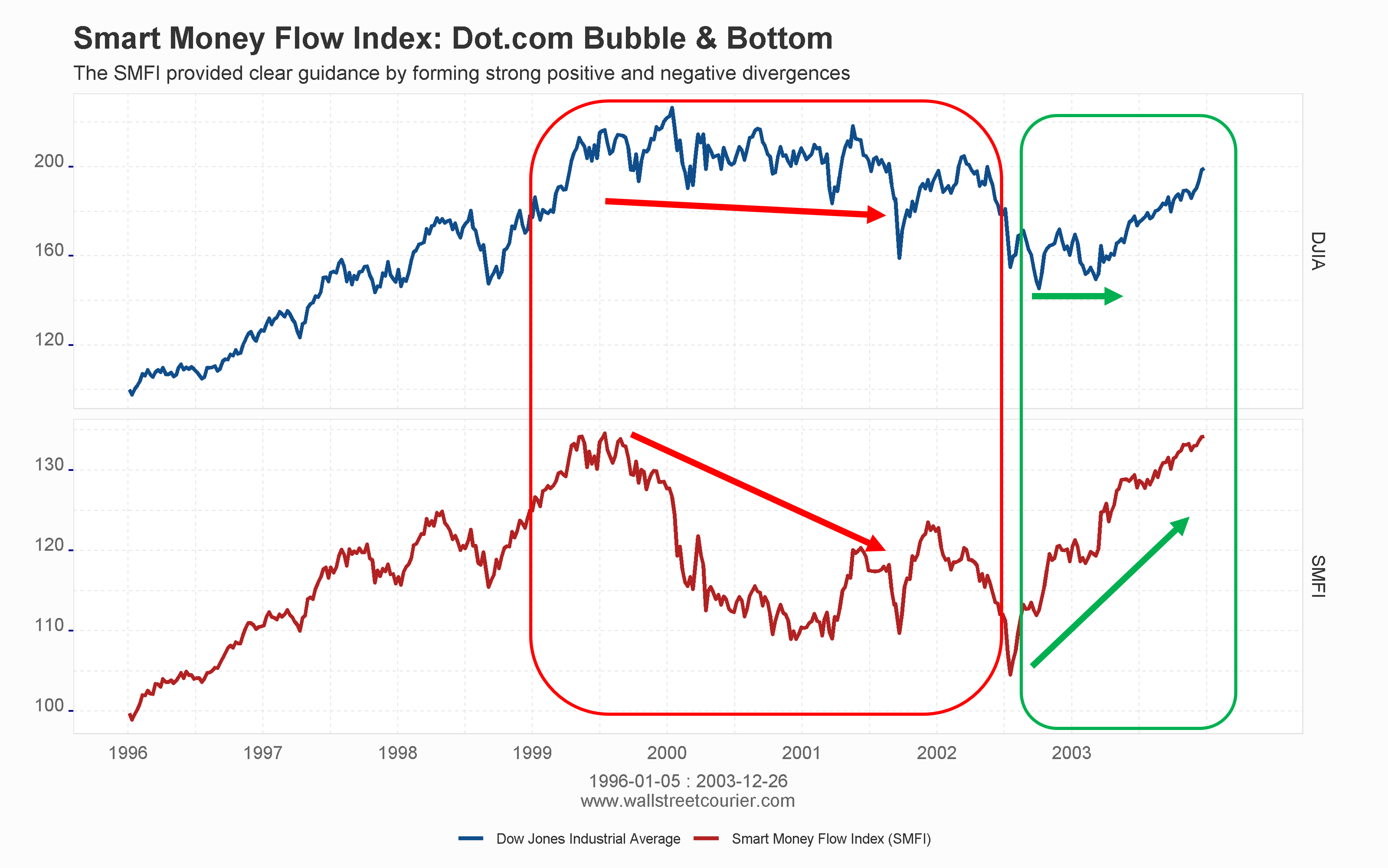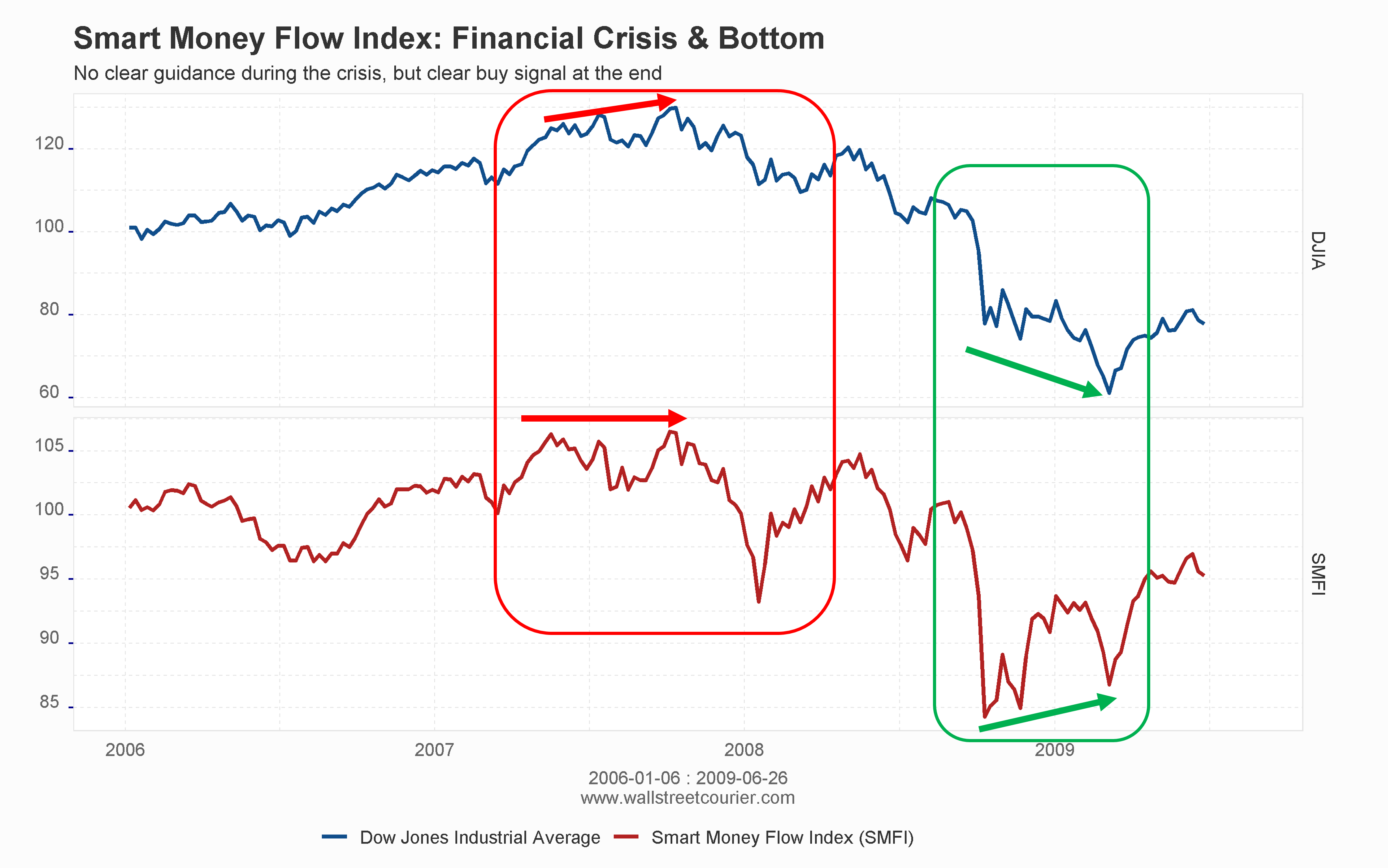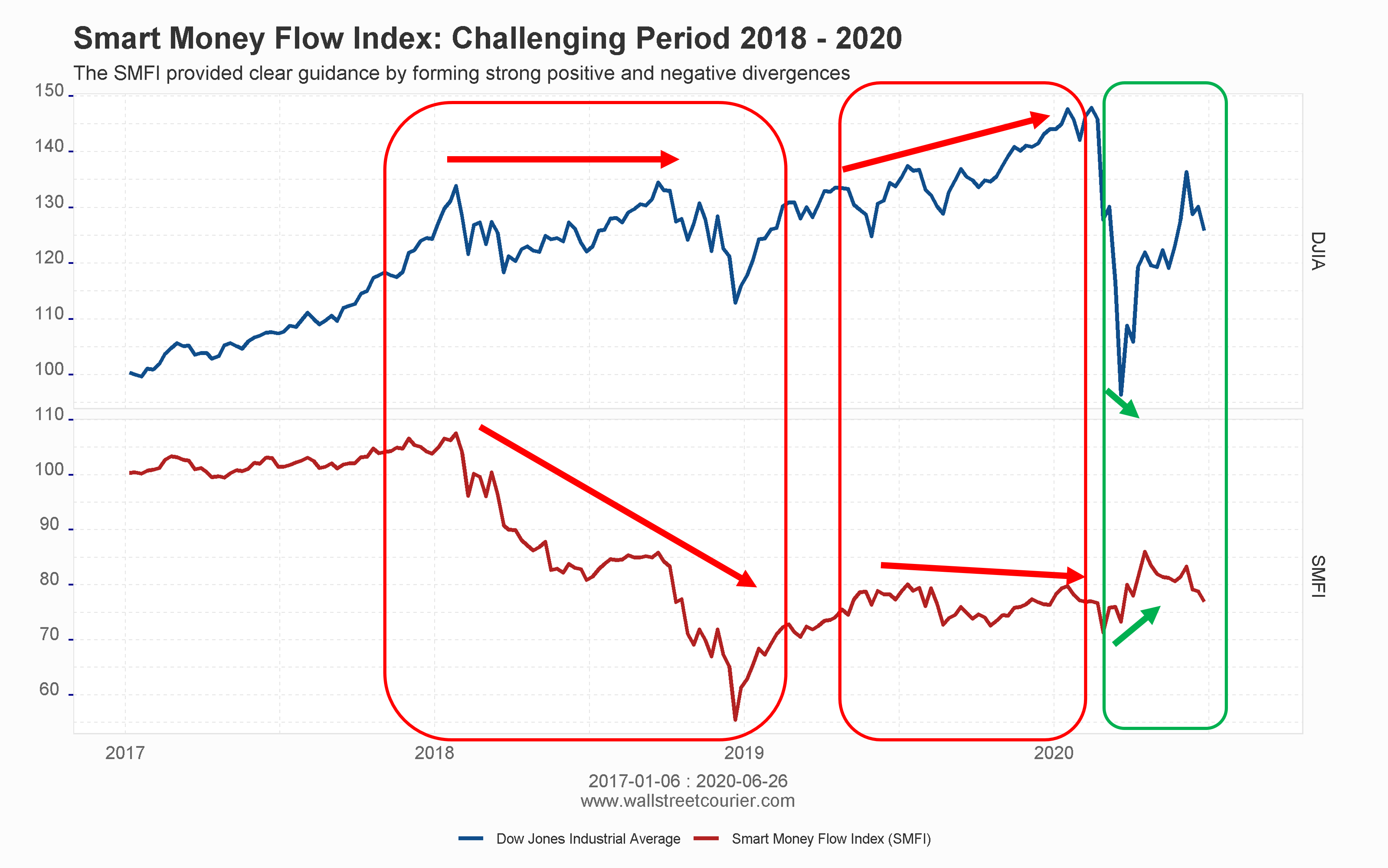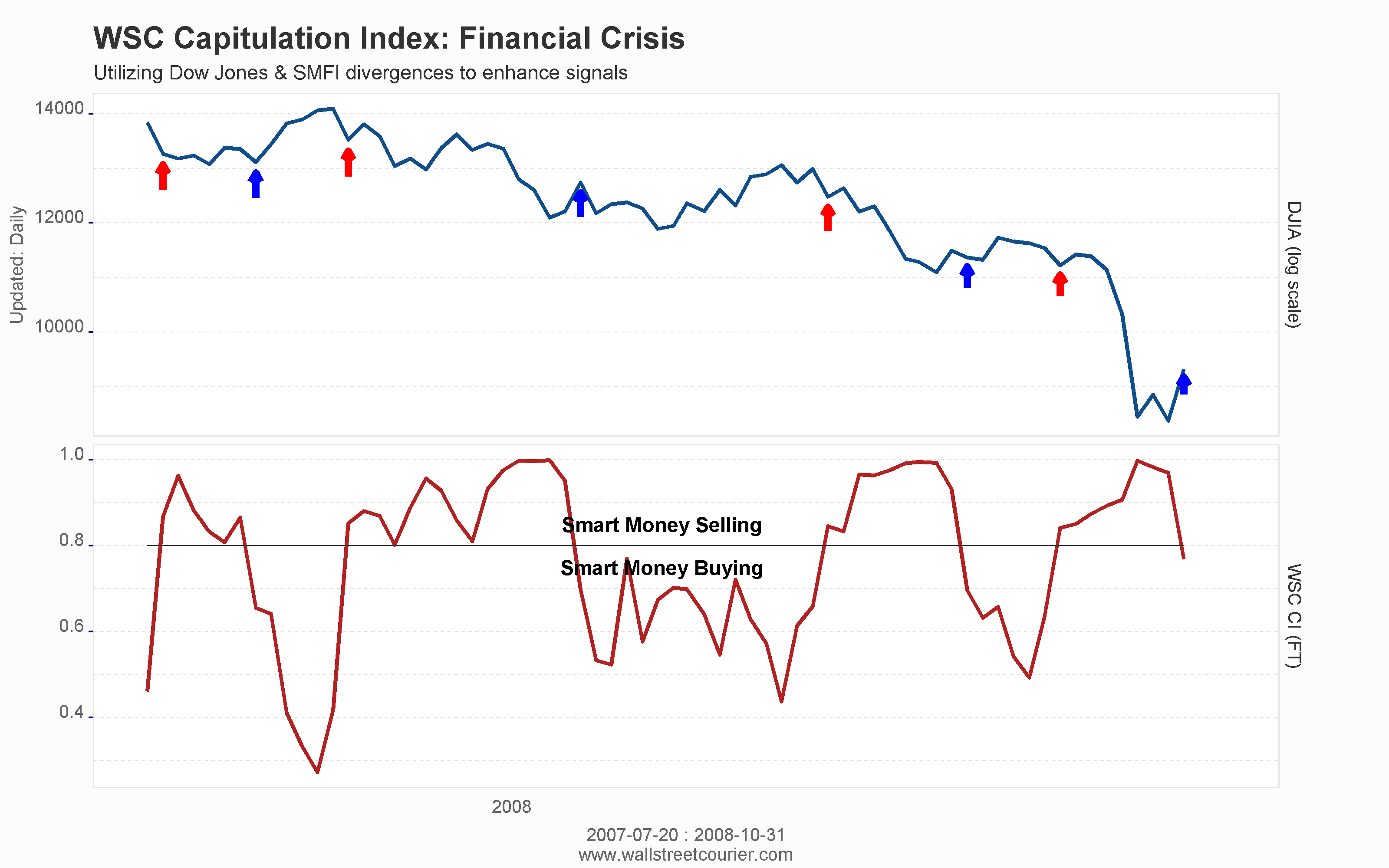FREE MARKET RESEARCH
Only This Weekend!
11 Oct. 12:00 PM – 14 Oct. 12:00 PM (CET)
No Credit Card Needed
This weekend, all our free members with a Basic plan will have full access to premium content.
FREE MARKET RESEARCH
Only This Weekend!
11 Oct. 12:00 PM – 14 Oct. 12:00 PM (CET)
No Credit Card Needed
This weekend, all our free members with a Basic plan will have full access to premium content.
